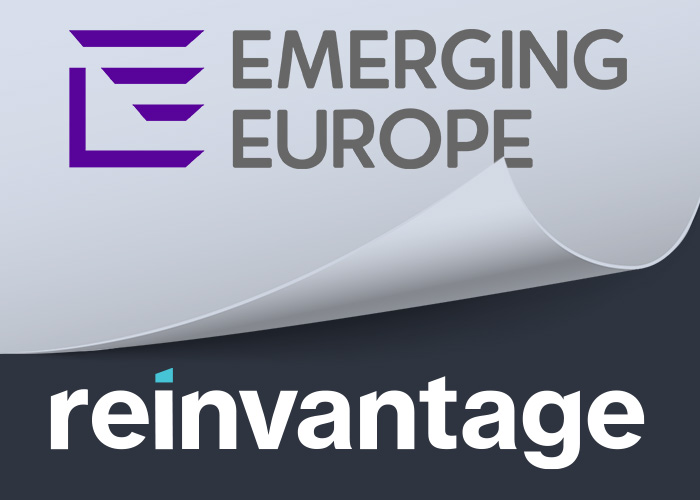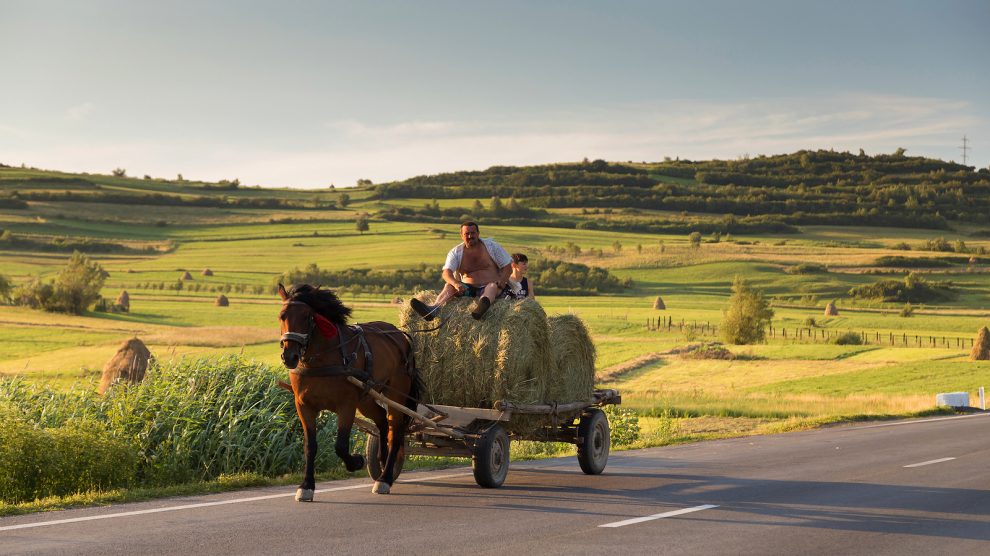For emerging Europe, rural development is a blank canvas. What it becomes will depend on the vision we’re willing to imagine and the courage we have to question everything we assume about it.
Emerging Europe is no stranger to transformation. But while urban centres thrive, the countryside tells a different story—one of population decline, economic stagnation, and a struggle to remain relevant in the 21st century. I have seen this firsthand while driving across the region this past summer and autumn.
This urban bias is understandable. Cities attract investment, talent, and innovation. Yet, focusing solely on urban growth risks creating an unsustainable imbalance. The region’s rural areas, which still house a significant portion of the population, are at a crossroads: they can either be forgotten or be reinvented.
- How to empower more women in the agrifood sector?
- It’s time to give agriculture the attention it deserves
- Saving Ukraine’s old-growth forests
For decades, rural development has been a buzzword in policy circles, often tied to agriculture, infrastructure, or tourism. But these fragmented approaches no longer feel sufficient.
What should rural development really mean in the 21st century? Should it simply be about catching up to cities, or could it be something altogether different—something that defines its own path?
One of the challenges in answering this is that rural areas defy generalisation. From the Carpathian villages of Romania to the plains of Hungary and the rolling hills of Slovenia, rural emerging Europe is as diverse as it is vast.
Yet, they share common struggles: population decline, ageing communities, and a lack of access to modern services. Addressing these issues often feels like patching a sinking ship rather than building something new.
So, what could reinvention look like? For one, we need to stop seeing rural areas as merely places of production. Agriculture, while vital, cannot be the sole engine of rural economies. Can we imagine rural areas as centres of innovation, not just preservation? Could they lead in renewable energy production, biodiversity conservation, or even tech experimentation?
The challenge of modernisation
Digital connectivity is a cornerstone of this transformation. Without reliable high-speed internet, rural areas will remain isolated. But technology alone isn’t the answer—it’s a tool. The real question is how to use it to empower rural communities.
Should we focus on education, creating hubs for remote work, or helping local producers sell directly to global markets?
Another area of uncertainty is culture. Rural areas are often viewed as the custodians of tradition, but this role can feel burdensome when tradition becomes a barrier to change.
How do we honour heritage while allowing these communities to evolve? What happens when modernisation clashes with deeply rooted ways of life?
There’s also the question of scale. Should rural development prioritise the creation of a few flagship projects—smart villages, for instance—or take a broader approach that uplifts entire regions? Flagship projects can inspire, but they risk becoming islands of progress in a sea of stagnation.
A blank canvas
Ultimately, the biggest question is who gets to decide.
Is rural development something imposed by policymakers in distant capitals, or should it be defined by the communities themselves? What would rural reinvention look like if it came from within, driven by the people who live there?
These are not easy questions, but they are essential ones. If the region is to continue to thrive, its rural areas must find their place in the region’s story—not as an afterthought, but as co-authors. This isn’t just about investment or policy; it’s about reimagining what’s possible.
For emerging Europe, rural development is a blank canvas. What it becomes will depend on the vision we’re willing to imagine and the courage we have to question everything we assume about it.
At Emerging Europe, we use an integrated approach centred around market intelligence to help organisations understand trends and strategically position themselves for success.
Learn how our solutions can help you thrive in the region:
Company and Services Overview | Strategic Advantage.


Add Comment